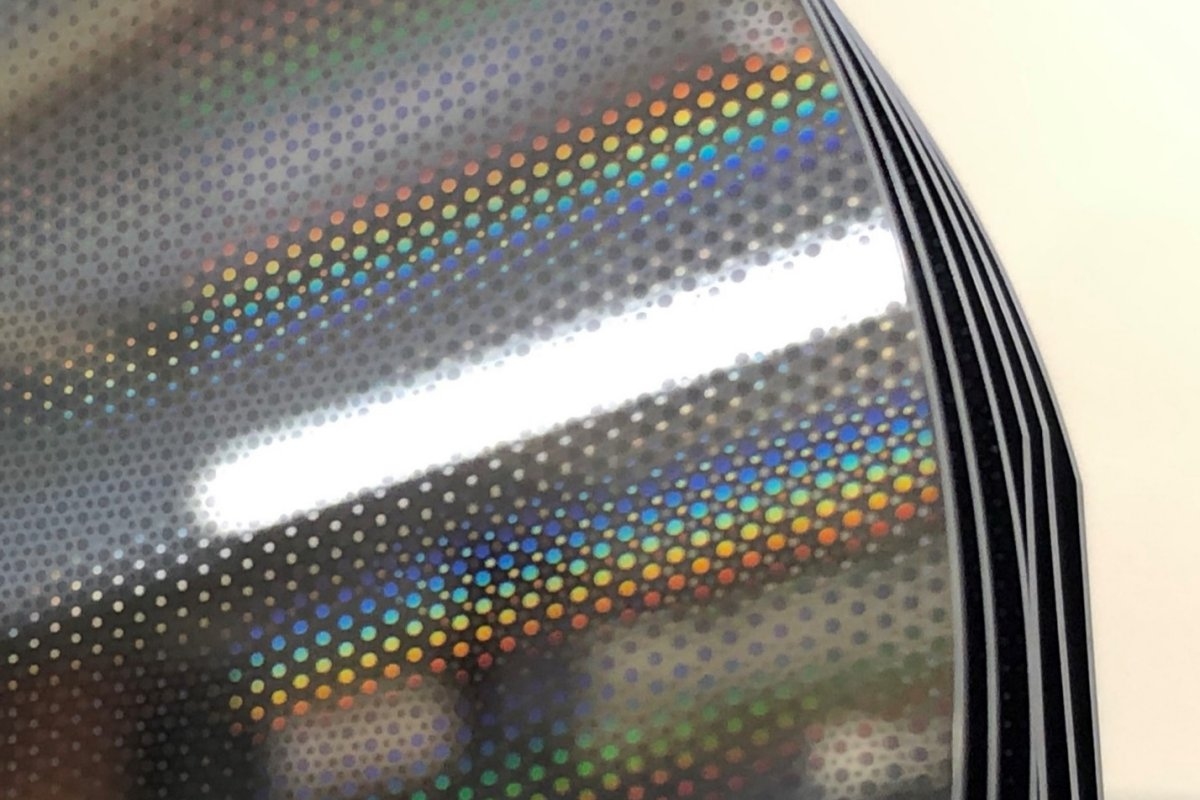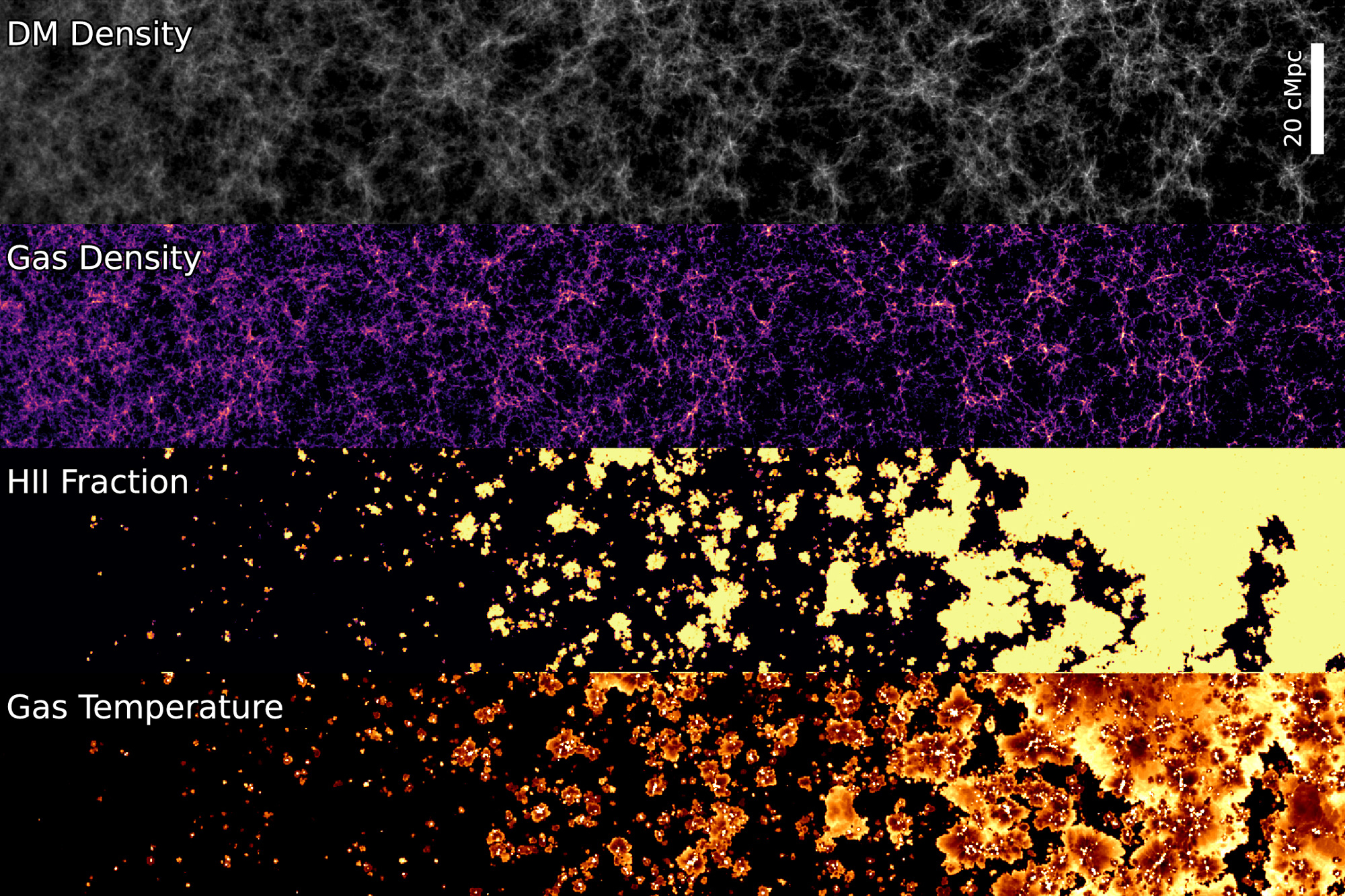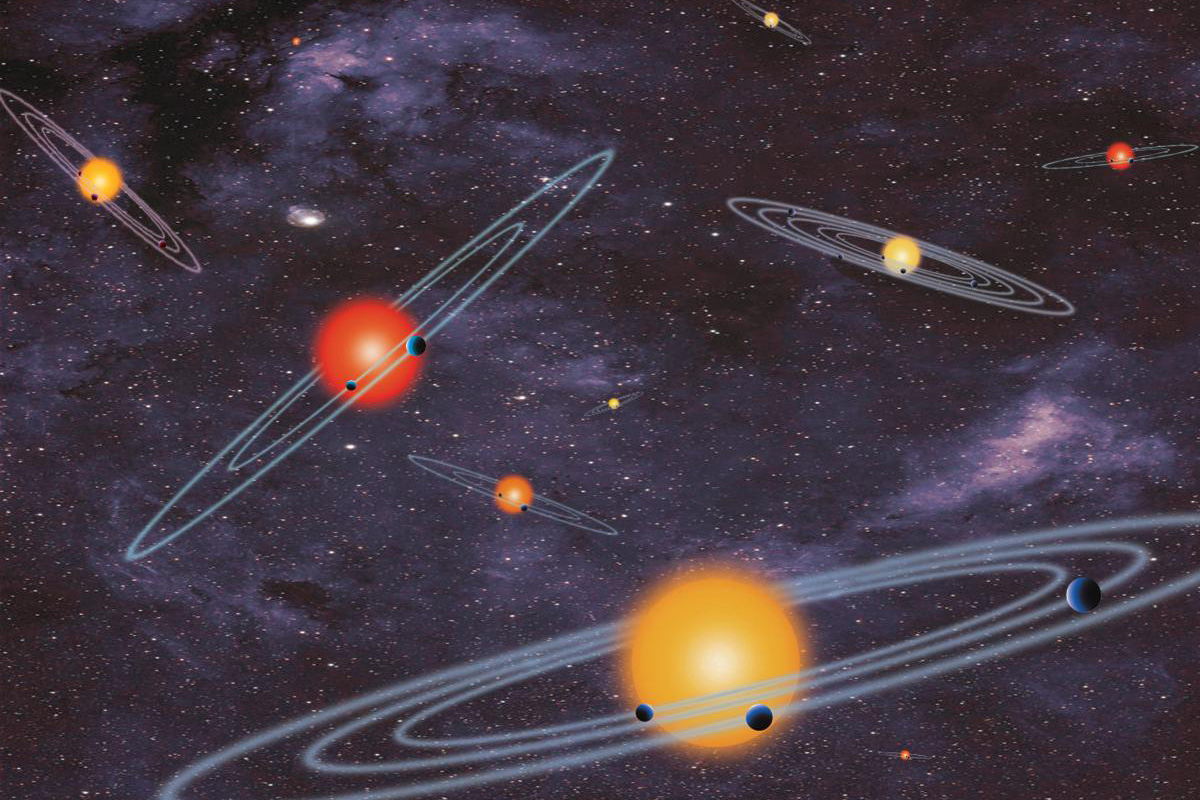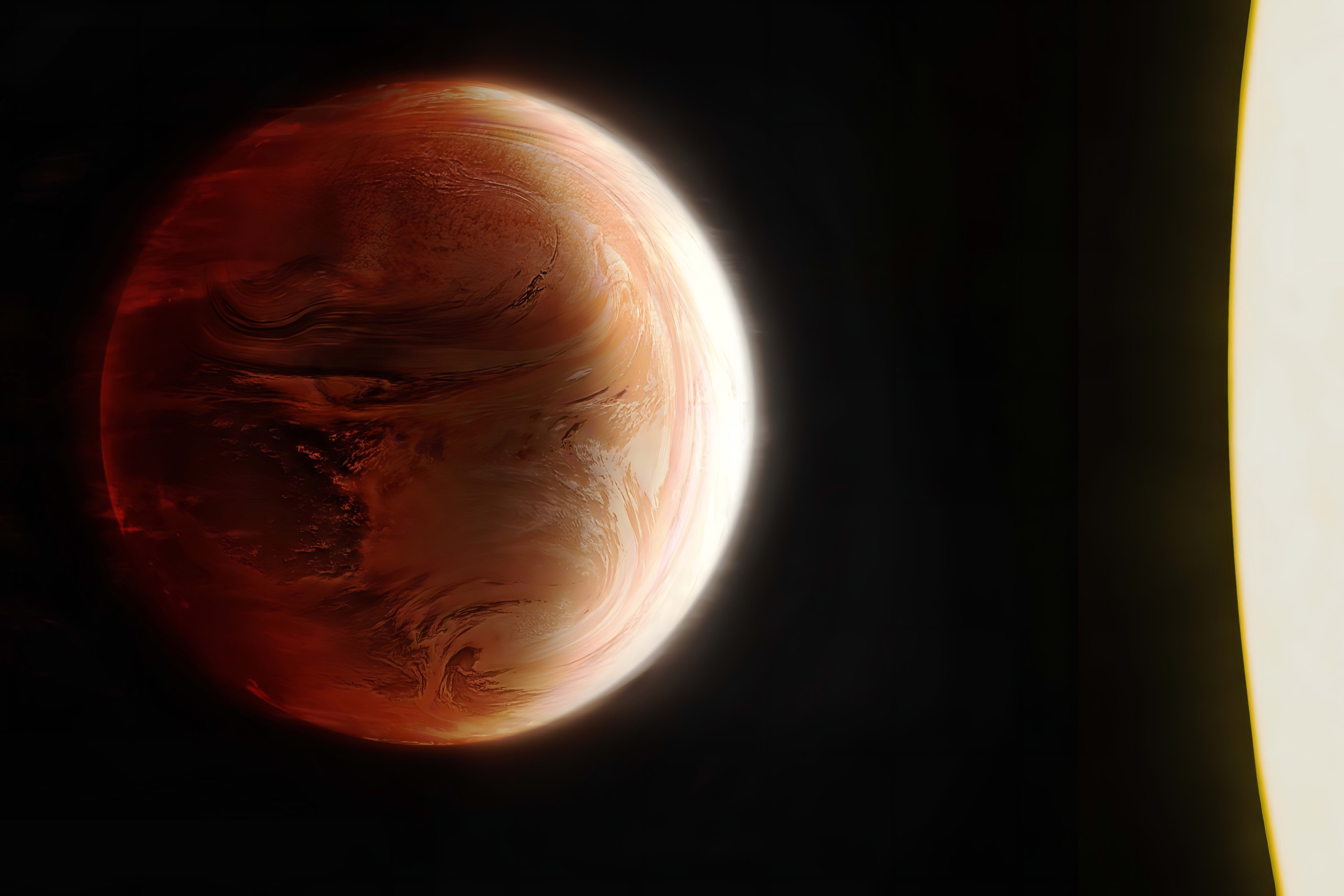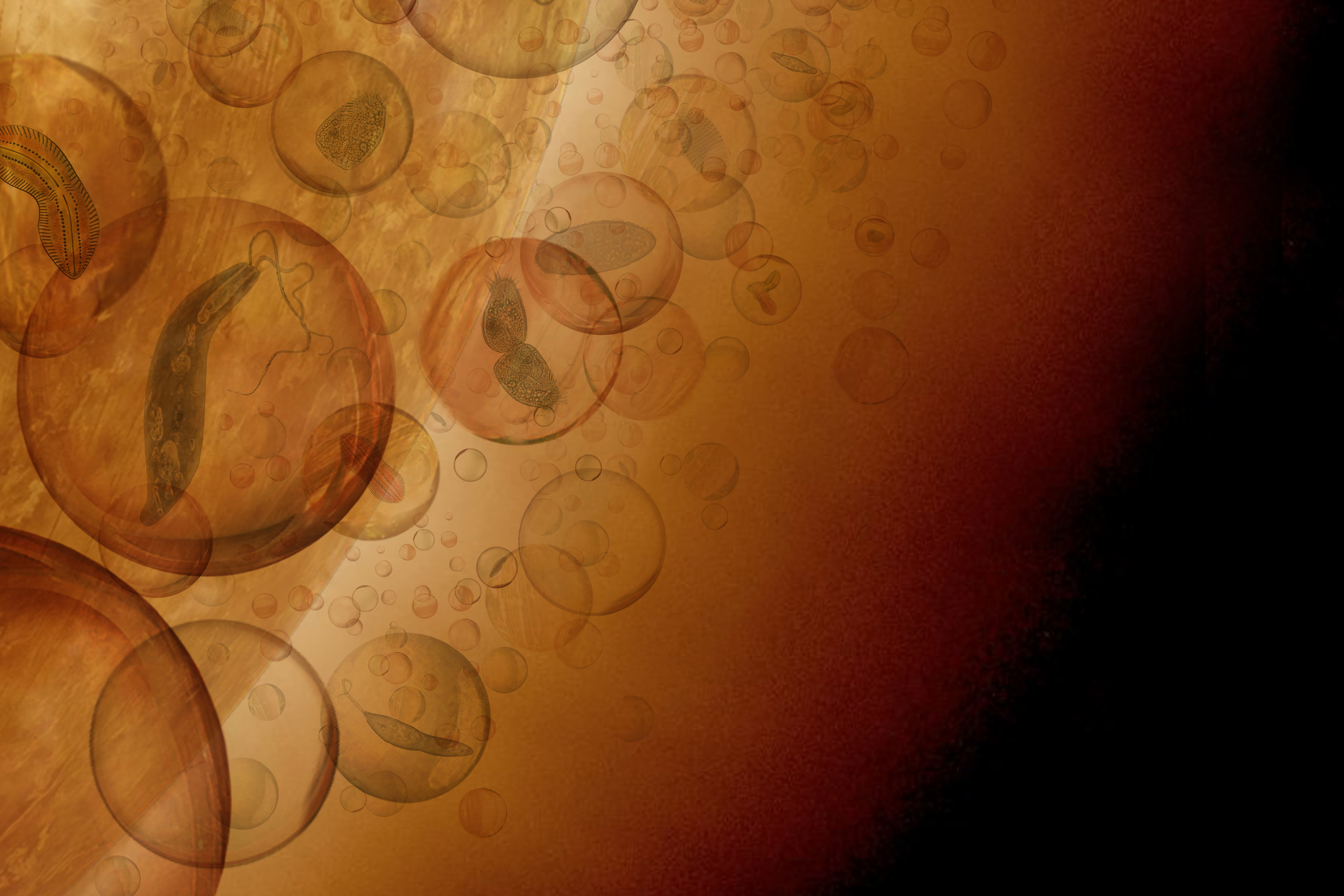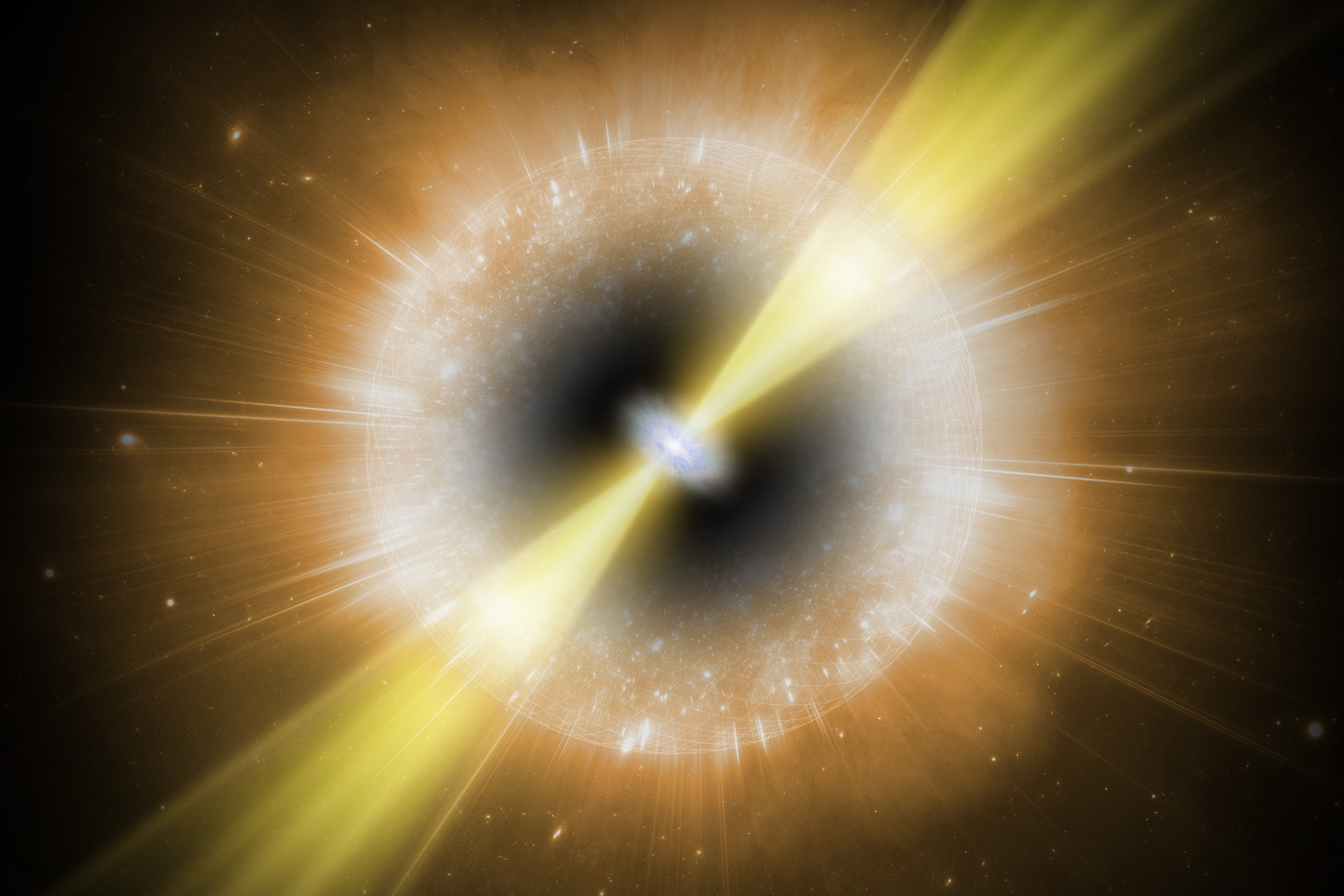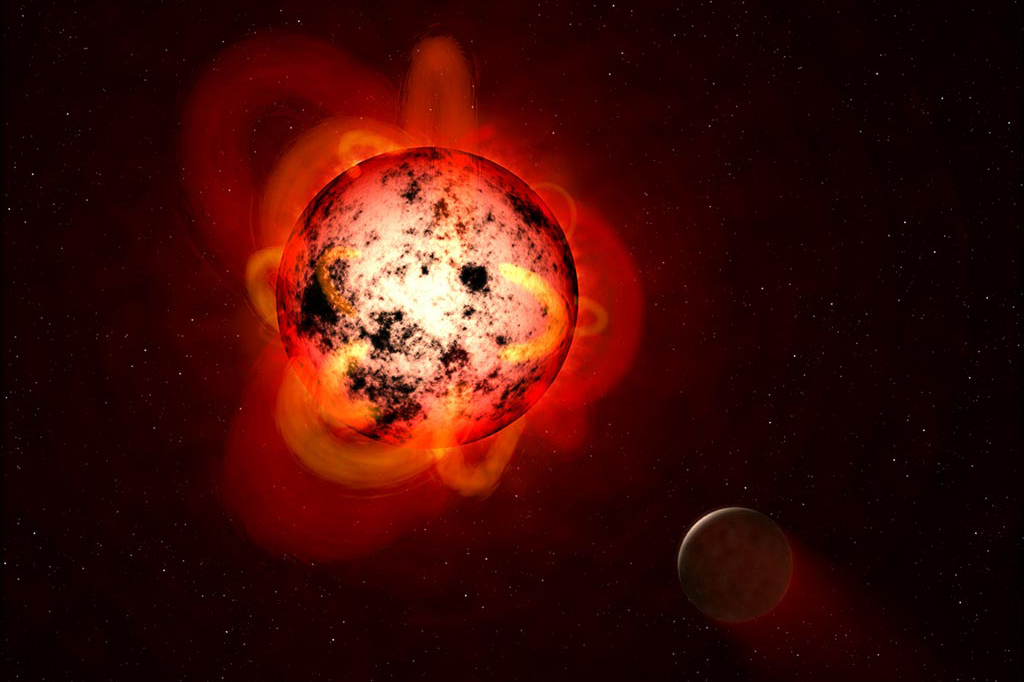Early findings from HERA telescope promise deeper understanding of the cosmic dawn
Scientists including MIT’s Jacqueline Hewitt and Nicholas Kern share long-awaited results, getting closer to the universe’s first stars.
Maria Rose | MIT Kavli Institute for Astrophysics and Space Research •
mit
Feb. 11, 2022 • ~7 min
Feb. 11, 2022 • ~7 min
/
15

